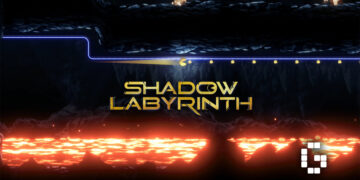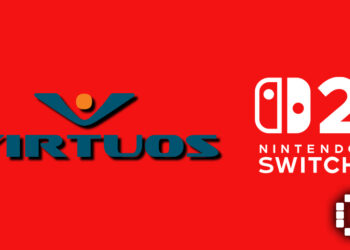On September 25th, 2018 afternoon during a media press in Bangkok, Thailand, Nvidia had showcased the performance and potential of what their new Turing Architecture can do when applied on their new line-up of RTX 20 series graphics card. The two graphics card that were introduced on that day were the RTX 2080 and the RTX 20180 Ti. With the new Turing Architecture equipped with Ray Tracing Cores and Tensor Cores, they have pushed the limits of technological advancement further in the graphics industry.

Turing Architecture

The new graphics card that’s built with the Turing Architecture allows for a smoother and life-like graphics in current games or other needs in the media and entertainment, and even in the medical industry (Clara Medical Imaging). The RTX offers hybrid rendering which combines both TAA (Temporal AntiAliasing) and DLSS (Deep Learning Super Sampling) that highly improves the lighting, reflection, refraction, shadows, movements and even texture. The performance was showcased through a video which they called it Project SOL where we see real-time Ray Tracing happening during the video.
Check out the Project Sol video below:
AI (Artificial Intelligence)

With an AI (Artificial Intelligence) chip being part of the build, the AI is trained with thousands of images which gave birth to the new technique, DLSS. For every frame and pixel that appears on the screen, the AI fills in the details based on the image training that it received which resulted in bringing super-resolution images or videos – and all these are happening real-time. The level of detail is being enhanced every time based on the distance of the objects as well. This was showcased during the Dynamic LOD presentation with objects far and near being highlighted in different colors. The priority for rendering far objects are not prioritized while near objects will be prioritized with intense details.



Even the shading were adjusted in real-time but only where needed. The shading are all based on where objects are placed which Ray Tracing will adapt and adjust where needs shading. As we were given the pleasure to feast our eyes on the motion adaptive shading shown in Shadow of the Tomb Raider trailer, we could see the accuracy and fluidity of each shadow, lighting, reflection and texture were projected to us which gave an immersive depth in the game even if it was just a trailer.
Check out the Shadow of the Tomb Raider with RTX on below:


Ray Tracing

As mentioned earlier of the AI, the AI is able to use in-painting to replace pixels automatically based on their image training. From adding pixels, they can also add frames into a scene which allows for an even smoother high-resolution slow-mo scene. With the help of the AI, the RTX series is able to help share the burden of processing the hybrid TAA and DLSS processes to provide us beautiful and immersive gaming experience. However this is all thanks to the advancement where Ray Tracing is now applicable in graphics today.

Ray Tracing is seen as a human eye where we see light being bounced off from objects to the source. Math is involved here to calculate how and where the light should bounce off towards our eyes or camera. Due to the complexity of calculating, Nvidia used the BVH Algorithm (Bounding Volume Hierarchy) which allows them to search and trace how objects should be seen in our eyes – just like real life.

The RTX 2070, 2080 and 2080 Ti is now available for purchase at a starting price of $499 (about MYR 2,065), $699 (about MYR 2,892) and $999 (about MYR 4,134). Of course there are the Founders Edition which comes overclocked. The Founders Edition will require buyers to add on an extra $100 or $200 for the RTX 2080 Ti.














![[ASIA EXCLUSIVE] Bringing Back a Classic: Inside the Making of FINAL FANTASY TACTICS – The Ivalice Chronicles](https://cdn.gamerbraves.com/2025/06/FFT-Ivalice-Chronicles_Interview_FI2-360x180.jpg)


![[EXCLUSIVE] Gearbox Executives Share Details on Borderlands 4 – Story, Weapons, and Lessons Learned](https://cdn.gamerbraves.com/2025/06/Borderlands-4_Interview_FI-360x180.jpg)
![[EXCLUSIVE] Wan Hazmer Reveals How No Straight Roads 2 Expands Beyond Vinyl City with Shueisha Games](https://cdn.gamerbraves.com/2025/06/NSR2_Interview_FI-360x180.jpg)










